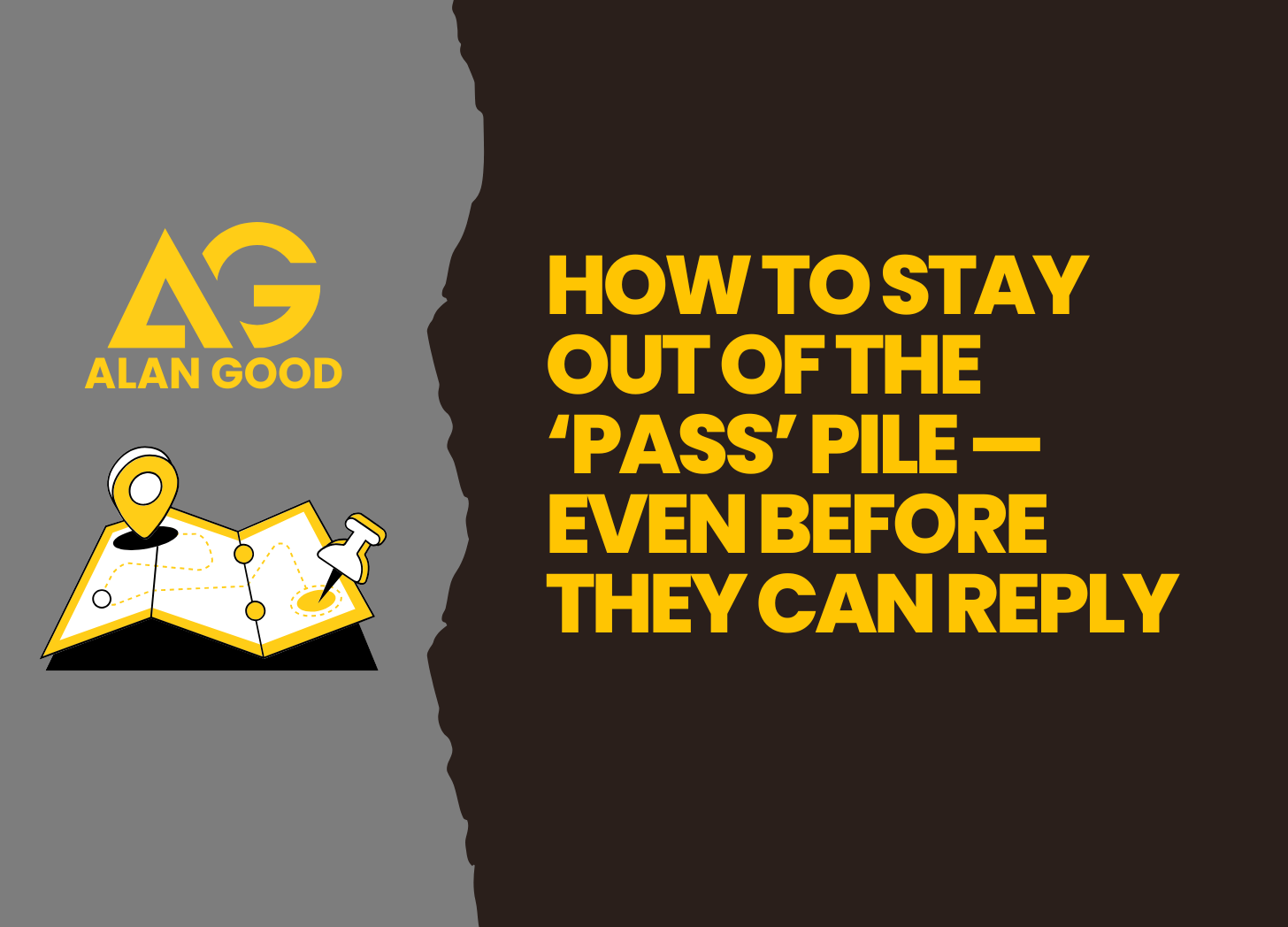The 30-second email test
Coaches decide fast. Your job? Make it easy to say yes.
You send the email. You hope the coach reads it and likes it.
But what actually goes into that process?
Most recruiting emails don’t get ignored because they’re bad.
They get ignored because they don’t pass the 30-second test.
That’s roughly how long a coach spends deciding if you’re worth a deeper look.
Here’s what that looks like — and what you can do about it.
The Breakdown
Second 1–3: Subject Line
A good one gets opened. A bad one gets archived.
You’ve got two choices: be clear, or be clever.
Being clear is simple, reliable, and low-risk (in emails and in life).
Something like this gets the key info across:
2026 Midfielder | NJ | 3.6 GPA | Shooting Star Film
Being clever means teasing a hook.
It might get more opens, but it could also turn some more traditional coaches off.
Examples:
Your clinic was the best I’ve been to…
Here’s why I love [Your University]
Go with what feels authentic to you.
Second 4–10: The Scan and the Hook
Your subject line worked. Now you’ve got about 6 seconds to keep them reading.
If that doesn’t sound like very much, think about how long it takes you to decide whether to watch the rest of a reel, or keep scrolling.
Coaches aren’t reading every word. They’re scanning for:
Name
Position
Grad year
Club team
Highlight video link
Even if your subject line already included some of this info, don’t assume they’ll remember it. Restating it in the body — clearly and cleanly — makes their job easier.
Use bullets or a tight paragraph. Make it impossible to miss.
Then comes your chance to connect.
If your subject line was clever, follow through:
“That clinic was a game-changer for me — I loved how intentional everything was.”
If it was clear, use this space to stand out:
“I’ve watched how your forwards press — it’s intense, and I love it.”
That one line does big work.
It shifts the email from stats and schedules to real player, real interest.
Second 11–20: Highlight Video
Next stop: your film.
Now they’re asking: “Can this player help us win?”
You get two clips. Maybe three.
If it’s good, they’ll come back later for a full watch.
So start strong.
Your first play should show speed, skill, decision-making - or anything that makes a coach sit up.
Don’t save the best for last. Lead with it.
And keep the link simple — unlisted YouTube is best.
Second 21–25: Academic Snapshot
If your film holds up, the next question is: “Can she get in?”
Field hockey programs — especially those with an academically driven focus — require athletes who meet admissions standards.
So help them out. Attach your most recent transcript, include an SAT/ACT score if you have one, or mention academic highlights that help you stand out.
Keep it short. Keep it honest.
They just need to know if you’re in the right ballpark.
Second 26–30: Decision Time
NCAA rules prevent Division I coaches from replying before June 15 of your sophomore year.
So you won’t get a yes. You won’t get a no. You won’t get anything.
But don’t mistake silence for indifference.
Coaches are reading. Watching. Flagging players to revisit.
Your job in these 30 seconds?
Make it easy for them to say: “Let’s make sure we watch her at the next event.”
That’s the win.
You’re not trying to get recruited today.
You’re trying to stay on the list.
Reality Check
When a coach opens your email, they’re not giving you a full look; they’re giving you a glimpse.
Most players waste this window. They ramble. They’re generic. They bury the good stuff.
Take this seriously, and you won’t just get seen - you’ll get remembered.
If you found this advice valuable, you’ll likely get a lot out of my flagship online course, The Field Hockey Recruiting Playbook, which includes proven templates for every stage of the recruiting process!


